Caught between Italy and Tunisia, Malta is a small archipelago that’s played a big role in European history. Its story starts thousands of years before the Common Era, with its Neolithic stone creations. From there, it’s a dramatic tale of monarchies, knights and a tug-of-war between imperial nations. It’s amazing Malta’s amazing architecture still exists today.
But among the history is a rich culture, a string of white sand beaches and rugged coastlines that enveloped each of the three islands. Beyond the palm-lined coast are rolling hills boasting charming villages and wine regions where you can sip on a red with views down to the seaport and gleaming Mediterranean Sea.
Between the Island of Malta, Gozo and Comino, you’ll find an exciting mix of ancient history, exotic locales and beautiful communities, each as good as the last.
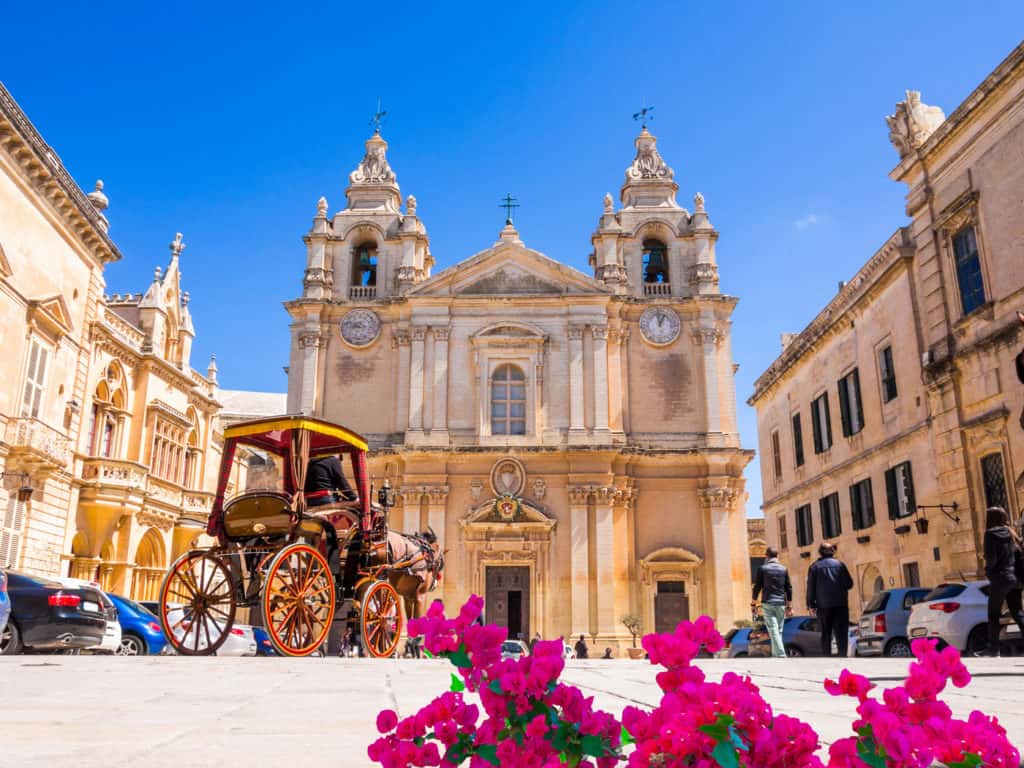
Explore Mdina
In the Middle Ages, Mdina was the capital of Malta. It was known as the Noble City (Citta Notabile) a place of government and public buildings that’s surrounded by fortified walls. Exploring Mdina is a must on any trip to Malta, one for the incredible architecture and two for its history.
Now a UNESCO World Heritage Site, the hilltop city soars above the surrounding landscapes, keeping a watchful eye over everything below. You can access the well-preserve Old City through the striking Mdina Gate and upon doing so, you’ll be swept up and taken centuries into the past.
The ancient streets are much like they were in Mdina’s heyday, without cars. It’s a pedestrian haven allowing travelers the chance to explore what’s akin to an open-air museum. Take your time exploring and don’t be afraid to get lost. Sights to keep an eye out for include the Baroque St Paul’s Cathedral, the Palazzo Vilhena and Saint Publius Square.
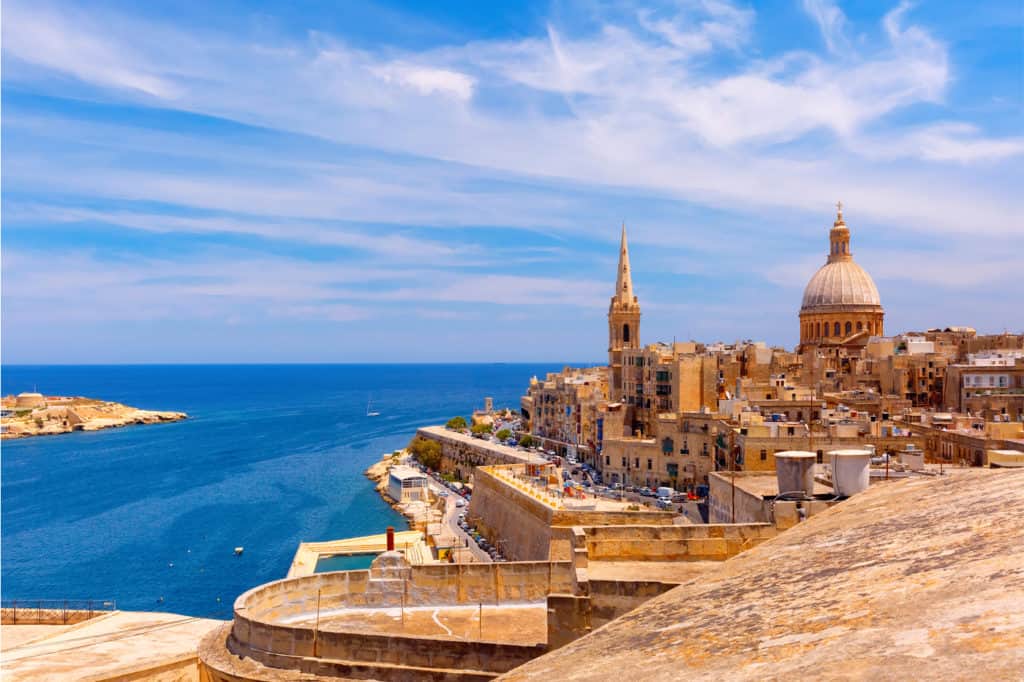
Visit the Capital
When the Order of Malta arrived on the scene, it was decided the the capital should be moved away from Mdina. In 1570, five years after the Great Siege of Malta, Valletta became the center of the nation. It’s an indescribable labyrinth of gilded facades and cobblestone streets with tales of yore lingering behind every corner. In short, it’s a city every bit as grandiose and esteemed as the Knights of Malta.
Forty years before the city became the capital, it was developed by the knights who set about creating a city on par with any in Europe. Travelers will quickly notice the grid layout and ample public squares that are a testament to forward planning. Because of this, not only is the city a joy to see firsthand, it’s easy to get around.
Valletta finds itself between two beautiful harbors, Marsamxett and Grand. Much like Mdina, wander freely to discover 16th century buildings that are as elaborate on the inside as they are on the outside. But for a local perspective, you can sign up for this three-hour walking tour to all the historic and modern sights.
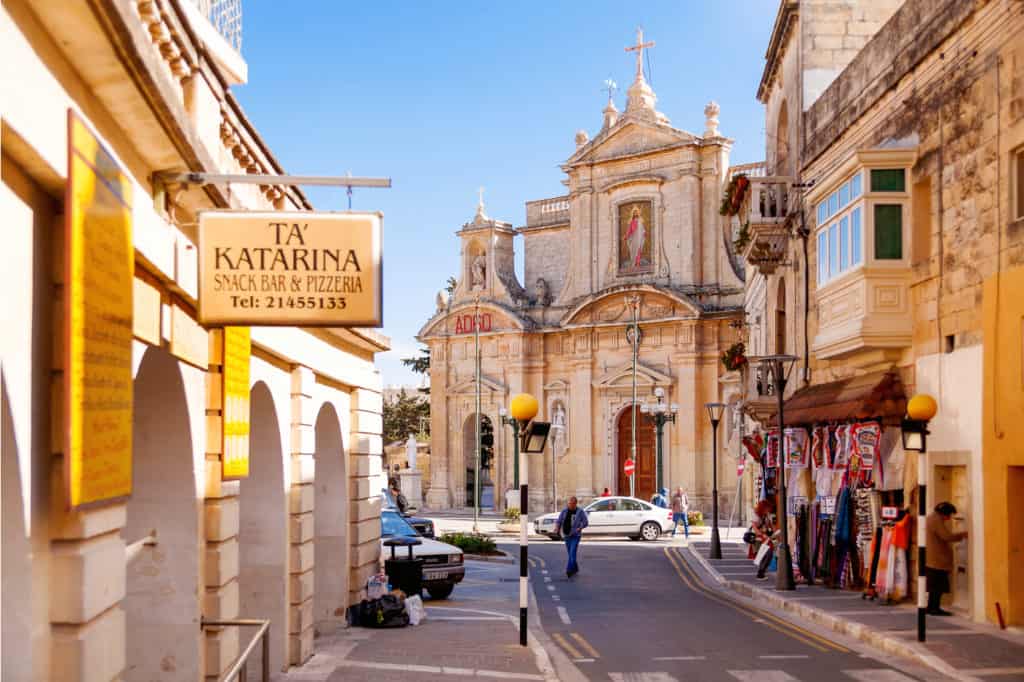
Spend Time in Rabat
Such is its proximity to Mdina, it’s common for travelers to combine the two into a single day experience. But there’s more than enough sights in Rabat, which means suburb, that makes it worthy of a whole day trip. Plus, with Rabat being in the shadows of Mdina, it makes for a more local experience.
Parts of Rabat show Malta’s modern side, but among it all are sights as fascinating as any in the country. One of those is St. Paul’s Church and the Grotto. It was here that Paul the Apostle sought refuge after the ship taking him to Rome sunk off shore.
While in Rabata, you can also pay a visit to the Domvs Romana Museum, where you can learn about life in Malta during Roman times. Exhibits showcase entertainment, period fashion and local food, while also boasting mosaics from the first century.
Lastly, take a guided tour of Casa Bernard. The private residence is open for tours only and features period furniture and ancient art within a stunning 16th century mansion.
If you’re short on time, you can combine Rabat and Mdina into a single walking tour.
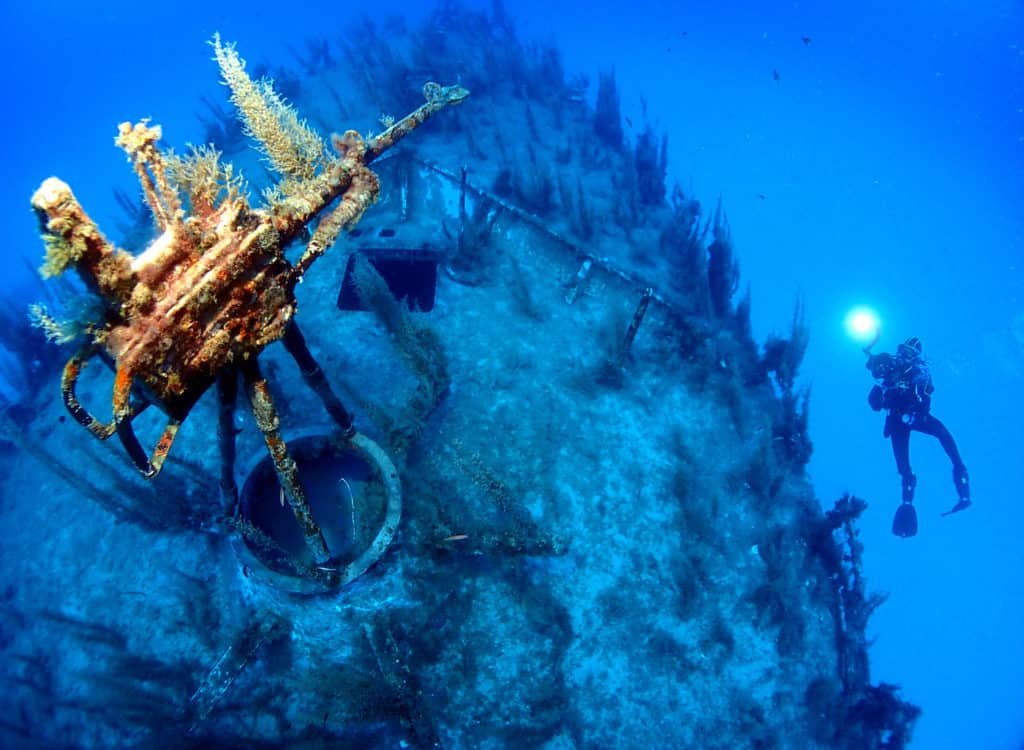
Go SCUBA Diving
Perched between Italy and Tunisia, Malta is in the heart of the Mediterranean. Outside the exquisite cities are an equally captivating natural world that’s even better beneath the surface. With balmy water temperatures and plenty of sunshine, there’s never a bad time to go discover it.
Malta is a renowned scuba diving destination and one that won’t blow up the budget. There are dozens of dive sites around the nation from in front of Vallette where a destroyer sank in WWII to the Blue Hole off the island of Gozo. The range of experiences on offer makes it welcoming of beginner divers who can make use of the calm waters.
One of the most popular dive sites is Blue Grotto, on the Island of Malta’s southwest coast. The soaring cliffs are spectacular in their own right, but it’s the world underwater that brings in the crowds. Mask up and dive in to discover a sunken oil tanker, colorful reef walls and two caves.
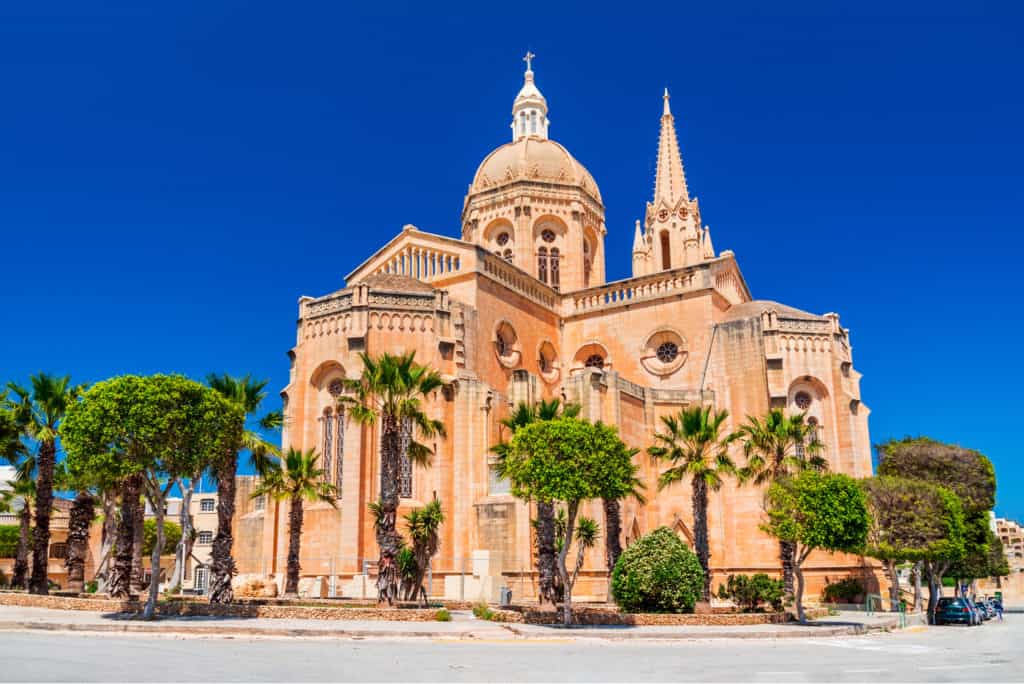
See the Island of Gozo
Malta is a small archipelago home to a trio of islands, Malta, Comino and Gozo. The latter is the most tranquil of the three, with an unmatched beauty and charm. Many travelers will focus on the Island of Malta, leaving a single day to explore Gozo. But if you have more than one day to visit, you’ll easily be able to create a memorable 2 or 3 day itinerary.
Gozo is classic Mediterranean. The island rises quickly out of the deep blue sea with stunning views wherever you look. Getting around the Gozo is also a part of the adventure. The narrow streets hug the coast and inland buildings, creating as much amusement as fear. With that said, having a car will help you see it all in a shorter time.
Places not to miss while in Gozo include the island’s Citadella. The Old City dates back to the 17th century and it has been painstakingly restored to its former glory. Within the walls you’ll find sites like the Archaeology museum and five churches that will have you reaching for the camera.
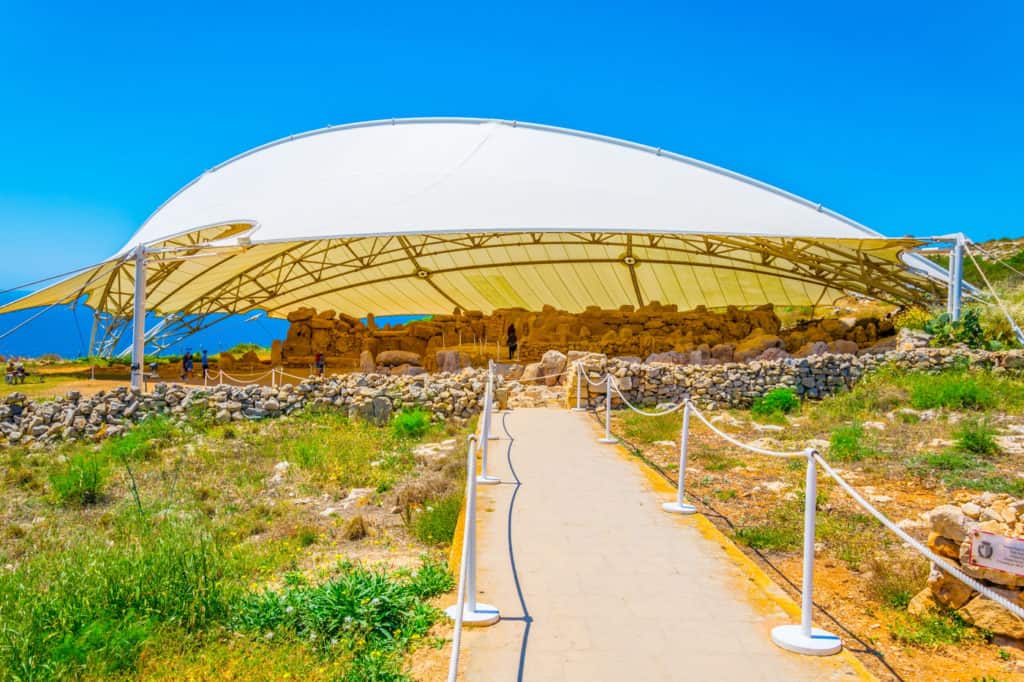
Admire the Hagar Qim Temples
The Hagar Qim temples are a collection of man-made monuments from a period long before the cities of Valletta and Mdina were placed on a map. In fact, the temples are just a small part of the larger Tarxien Temples that were developed around 2500 BC and only discovered by local farmers in 1913.
If you can only visit one, then place Hagar Qim at the top of the list. Alongside Mnajdra, it’s the best preserved example in Malta while also having a stunning location atop the island’s cliffs. Begin at the site’s visitor center for an interactive look at the Hagar Qim’s history and how they were built. There’s also a room for the young ones to recreate the temples with their own blocks.
Soon after leaving the center, you’ll come across Hagar Qim and its stone entrance. After walking through the trilithon structure, you can head into multiple chambers built separately and without a standard arrangement. Something that contrast to other Maltese megalithic sites.
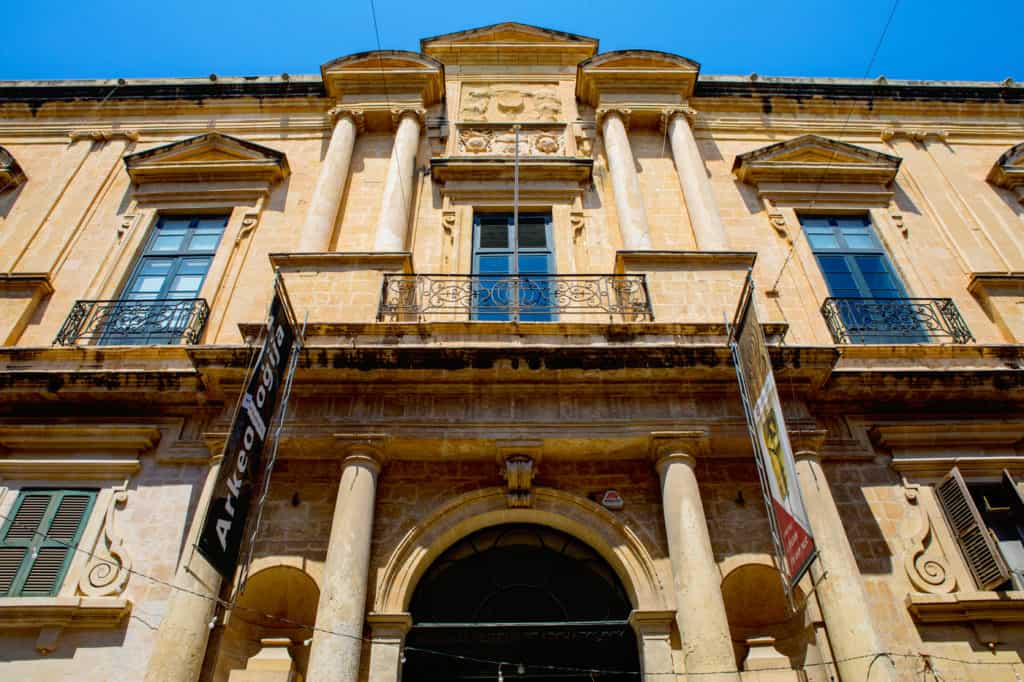
Check Out the National Museum of Archaeology
Steps from Valletta’s City Gate, you’ll find the National Museum of Archaeology within a 16th century Baroque building. It’s a fitting location for a museum packed with significant ancient artifacts that explore Malta’s already impressive history further.
A visit to the museum will be a trip back to a prehistoric era with a range of startling artifacts that are as much as 5,000 years old. Exhibits range from the Neolithic Period all the way to the Phoenician Period, which ends at 400 BC. Many of the museum’s highlights were found at the Hagar Qim Temples, including the Venus of Malta. There is also a doll the size of your palm that features incredibly accurate designs. Along with the dolls and the famous Sleeping Lady are daggers from the Bronze Age and Anthropoid ceramic coffins. The museum is open from Tuesday to Sunday from 9am to 4.30pm.
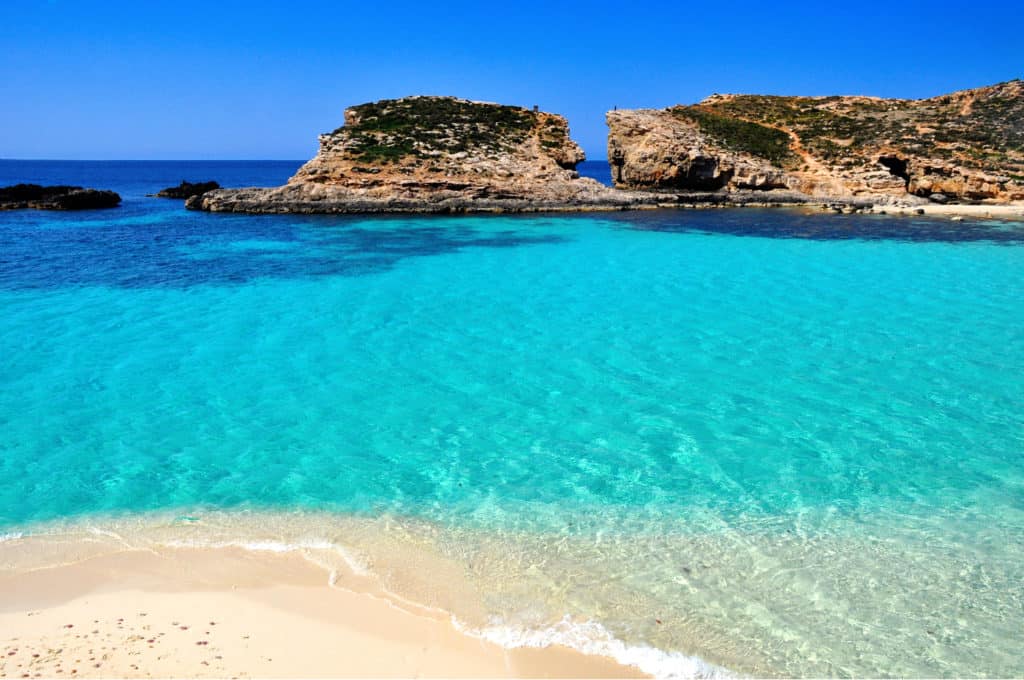
Spend a Day in Comino
Take a break from history, temples and old cities by spending a day in a paradise otherwise known as Comino. Surrounded by every shade of blue, the diminutive island is packed with breathtaking sights and just a ten-minute ferry ride away from the Island of Malta.
Before you jump on the next ferry, be warned, it’s a popular spot. So much so that you’ll want to be on the first ferry to beat the crowds. The earlier you are, the more time you’ll have to indulge in the paradisaical experience without the crowds.
The top sight on Comino is Blue Lagoon. Picture the most impressive swimming pool you’ve seen. Now surround it by rugged rocks and fill it in with bright turquoise water. From afar, it’s a magical scene, and it’s equally stunning from your viewpoint in the lagoon.
When the crowds arrive at 10.30am, jump in a 4WD taxi and make your way to Santa Marja Beach. Follow the shoreline until you reach a secluded but rocky section to enjoy the island in peace.
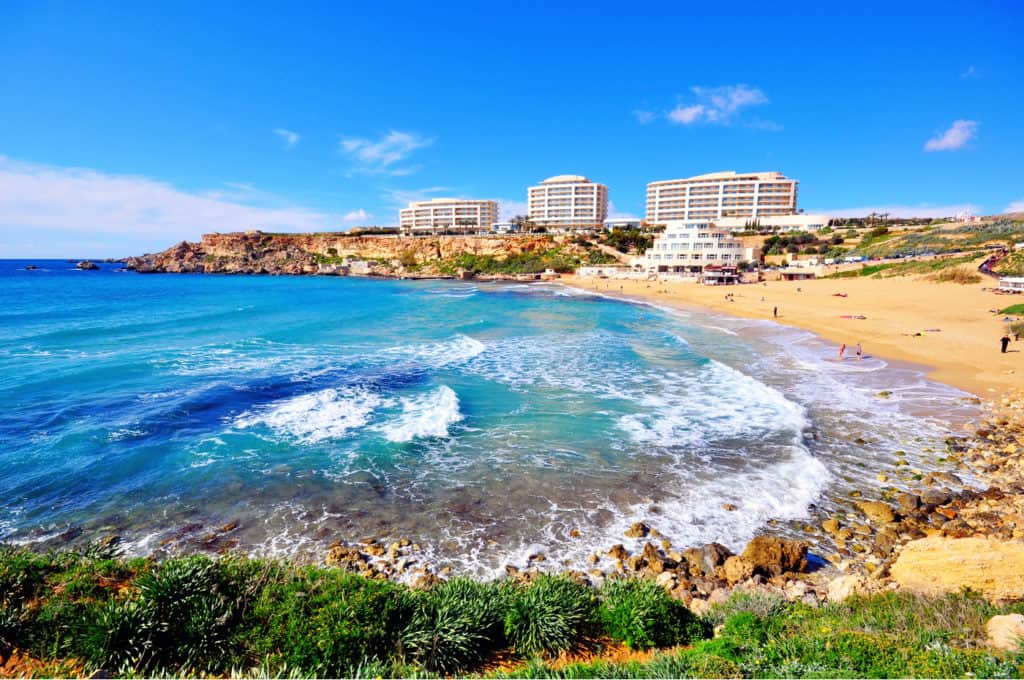
Sunbathe at Golden Bay Beach
Speaking of memorable beach days, you don’t have to leave the Island of Malta to step onto powdery white sand. Between the vibrant Mediterranean Sea and the rising mountains on the northwest coast is Golden Bay Beach. With the wind often blocked by the mountains, the beach is calm and picturesque, with the waves breaking a comfortable distance off shore.
Helping to keep the peace is the lack of local traffic. The beach is a far enough away from the nearby roads that it feels somewhat remote. If you don’t have access to a car, you can jump on a local bus and arrive within a five-minute walk.
Once you’ve arrived, you’ll be happy to see how far the beach runs. The wide expanse of golden sand means there’s plenty of room, despite Golden Bay’s popularity. Get settled with your own gear or rent beach chairs and umbrellas to have some shade.
After a few hours of trading sun and sea, make your way to one of the several on-site restaurants or cafes to refuel and enjoy a tropical cocktail. Beachgoers can also link up with Aquamarine Watersports for jet skiing, parasailing and boat hires.
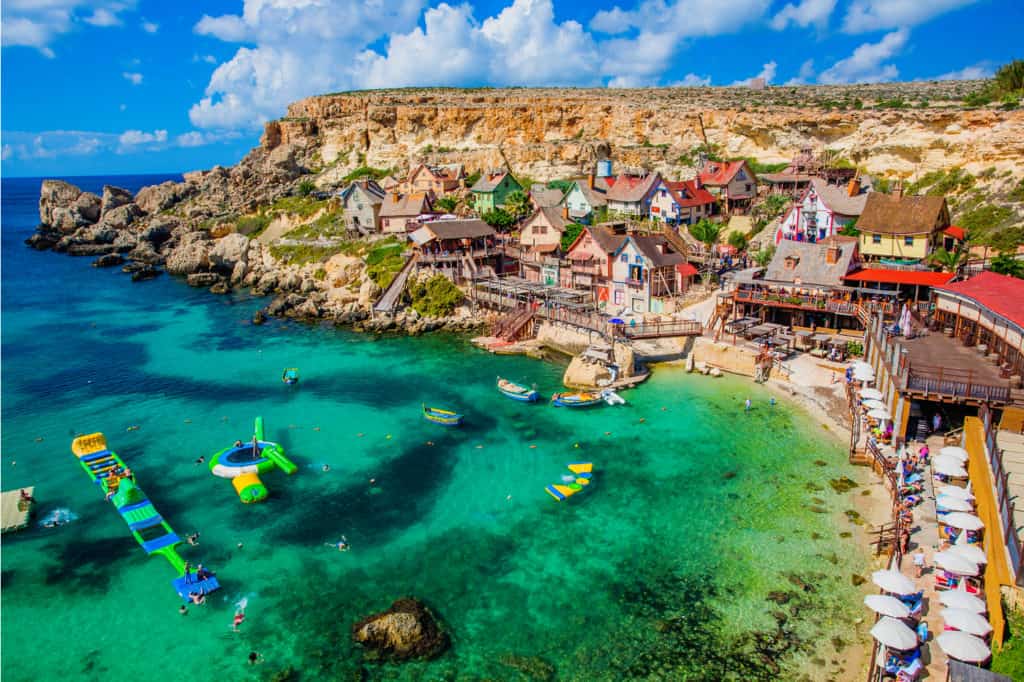
Visit the Seaside Town of Mellieha
Slightly north of Golden Bay Beach, Mellieha is a gorgeous (and historic) village on the hillside overlooking Mellieha Bay. The town’s beauty has long been heralded, plus the local beach is the longest and most beloved in all of Malta.
Contrasting Mellieha’s tranquil appearance is its role in wartime conflicts throughout Malta’s history. It was here that Torri I-Ahmar aka the Red Tower was built in the 17th century to combat rising piracy. Later, during the First World War, Marfa Palace was a hospice for over 2,000 Allied soldiers who had gotten injured. Travelers can also tour the underground shelters developed to protect locals during the war.
Standing in the center of town is the 19th century Church of Our Lady of Victoria in Parish Square. The ornate church is captivating inside and out and boasts several iconic paintings. Afterwards, choose between Ghadira Bay (longest beach in Malta), the coral lagoon in Armier Bay or bird watching in the Ghadira Nature Reserve.
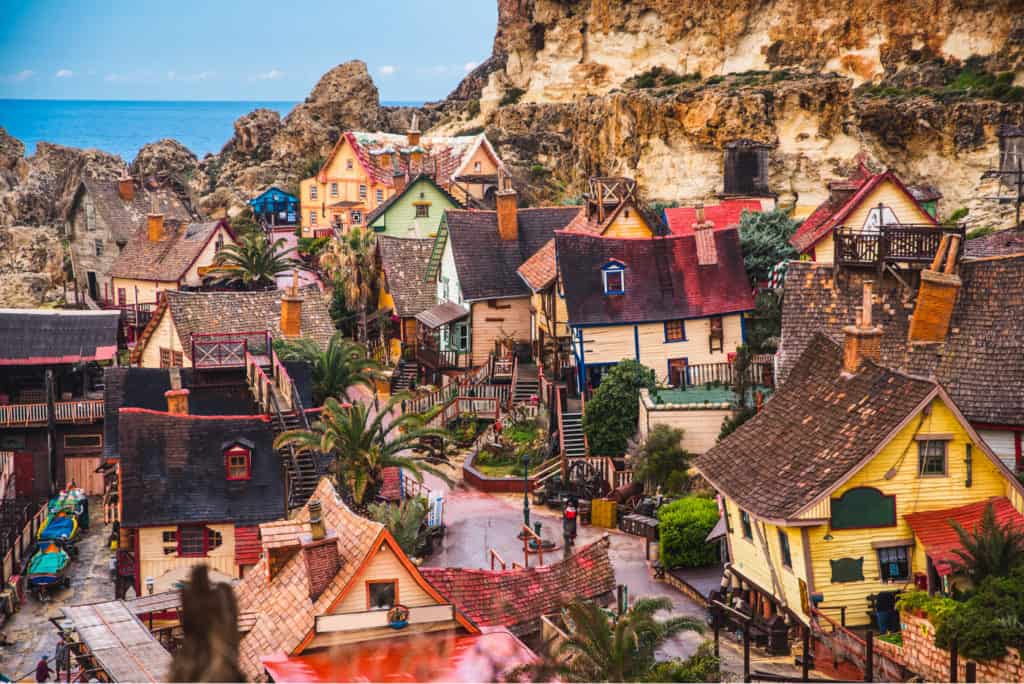
See the Popeye Village in Mellieha
If you grew up watching Popeye on TV or seen the popular Disney movie, then visiting the Popeye Village promises to be a journey down memory lane. For all the history, culture and opulent beauty of Malta, the village will be a nice change of pace.
On the banks of Anchor Bay, the Popeye Village brings more of Malta’s stunning scenery. Just in case you didn’t want any time off. But when you aren’t gawking at the vistas, you can explore the set which was built entirely for the movie which was made in 1980.
In the years since, the village has become an amusement park and one of the best things to do in Malta with kids. You can get back in touch with your childhood and the younger ones can discover a whole new world. Walk around the village with your free popcorn, play some mini golf, go on a boat ride and enjoy the live performances. Importantly, it’s a family-friendly activity that won’t break the bank.
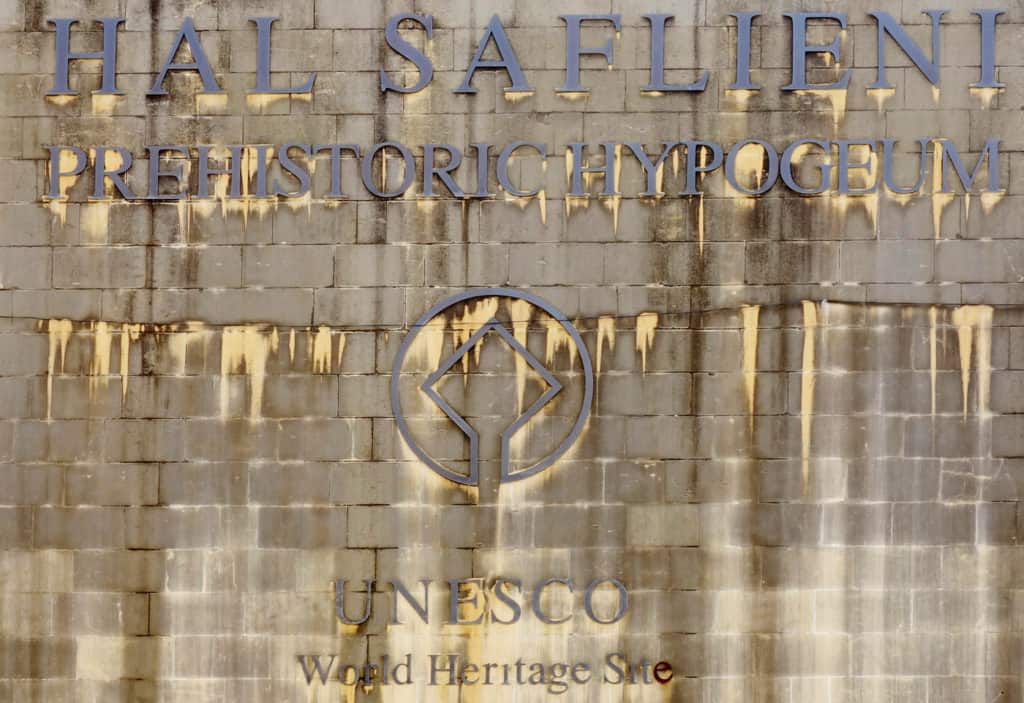
See Malta’s Hypogeum
The Hal Saflieni Hypogeum is a large necropolis (burial site) from the Neolithic era. It’s yet another fascinating recent discovery that shows life, culture and religion in the years around 3000 BC.
The site was discovered in 1902 and it’s now believed to have been the final resting place for 7,000 people. The ancient structures were built mostly beneath the ground, with the Neolithic culture able to manipulate the limestone rock to create impressive chambers with very limited tools.
Now a UNESCO World Heritage Site, visitor numbers are strictly limited as exhaled carbon dioxide can damage the chamber walls. So all travelers will need to book as far ahead as possible.
Lucky visitors will be able to witness the subterranean site’s three levels, with the lowest being 33 feet (10m) beneath the surface. Petroglyphs and the discovery of artifacts (some are in the National Archaeology Museum) help to shine a light on the ancient culture, one that had long been left undiscovered.
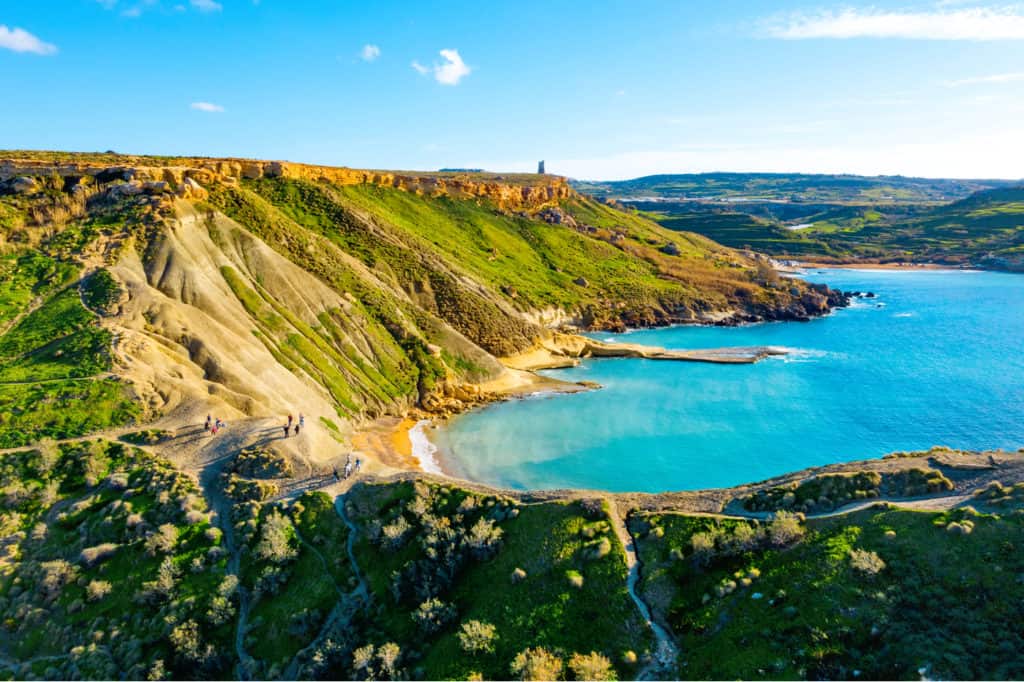
Laze on Ghajn Tuffieha Bay Beach
Encased in golden cliffs and the rolling hills, Ghajn Tuffieha Bay Beach is the antithesis of Golden Bay. Arriving at the pristine bay is not straightforward if you’ve been making use of Malta’s public transport. The good news is, if you have a set of four wheels, Ghajn Tuffieha is just over a mile (2km) away from the popular Golden Bay,
After putting the car in park, you’ll begin a short hike down 200 steps that are carved into the cliffside. The cliffs help give the beach as much a sense of remoteness as raw elegance. But it’s not without its own set of amenities. Beachgoers can get their hands on umbrellas and beach chairs while there are restrooms and a concession stand for some light snacks throughout the day.
With comfort and beauty covered, Ghajn Tuffieha Bay Beach is a local favorite and a beach for those who enjoy a tranquil experience. Something that’s only enhanced by the pleasant swimming conditions.
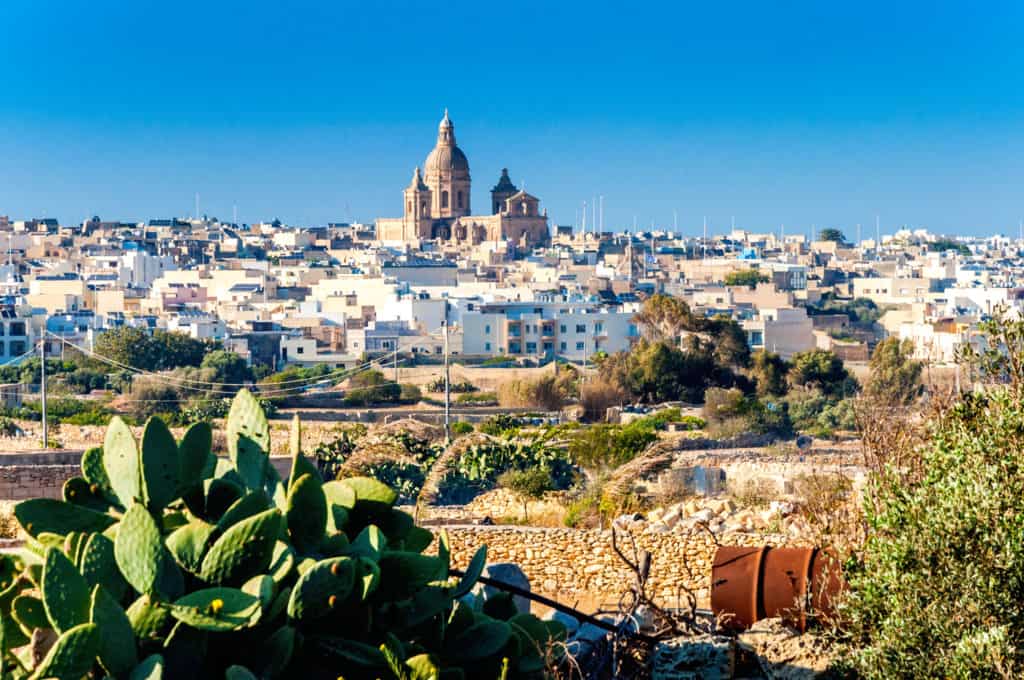
Spend Time in the Village of Siggiewi
In the southwest region of the Island of Malta, Siggiewi, is as traditional as it gets. Covering much of the lush Girgenti Valley, the city is teeming with alluring buildings. It’s a city for romantics, with history, food and culture in abundance. That’s before we even get to the charming list of community events and festivals.
Through Siggiewi’s Old City, which dates back to the 1300s, you’ll find the tales of inquisitors, the summer palace of the President built in 1586 and the arresting Palace Church of Saint Nicholas from the late 17th century.
On the outskirts of Siggiewi, you’ll uncover rustic farmhouses that are still much a part of local life. While not as historic, the beautiful farmhouses come with their own intricate archways and colorful courtyards, a blessing for all travelers who get to see it.
When traveling through Malta, it’s worthwhile checking ahead to see what festivals are occurring in Siggiewi during your stay. Some of the best include the Siggiewi Feast and the Summer Folklore Nights that bring the township together for a timeless tradition.
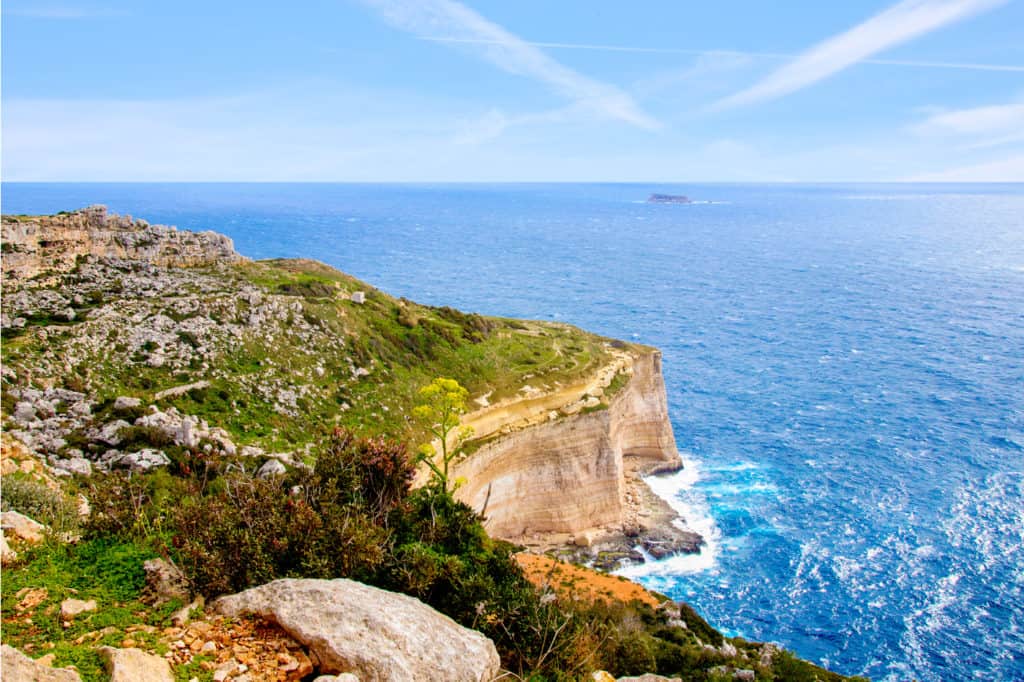
Head to the Top of the Dingli Cliffs
Not far from Siggiewi, the Dingli Cliffs mark the highest point on the Island of Malta. The cliffs curve around the southwest coast with sheer power, marking a clear contrast between limestone cliff and blue sea.
As you can drive almost up to the edge of the cliff, it won’t take you long until you’re admiring the scenery with your own eyes. On a windy day, the breeze soars towards the coast, hits the cliffs and explodes towards the heavens, creating a thrilling and loud location. It makes the cliffs feel alive, but be sure to not sit too close to the edge.
There is a short hiking trail that runs along the coast showing the mix of rock and coastal shrubbery fall down over 820 feet (250m) into the Mediterranean Sea. You’ll also spot a beguiling hilltop chapel dedicated to Mary Magdalene.
It’s easier to drive to the Dingli Cliffs, however, buses do stop a short walk away. So just ask your driver where to get off.
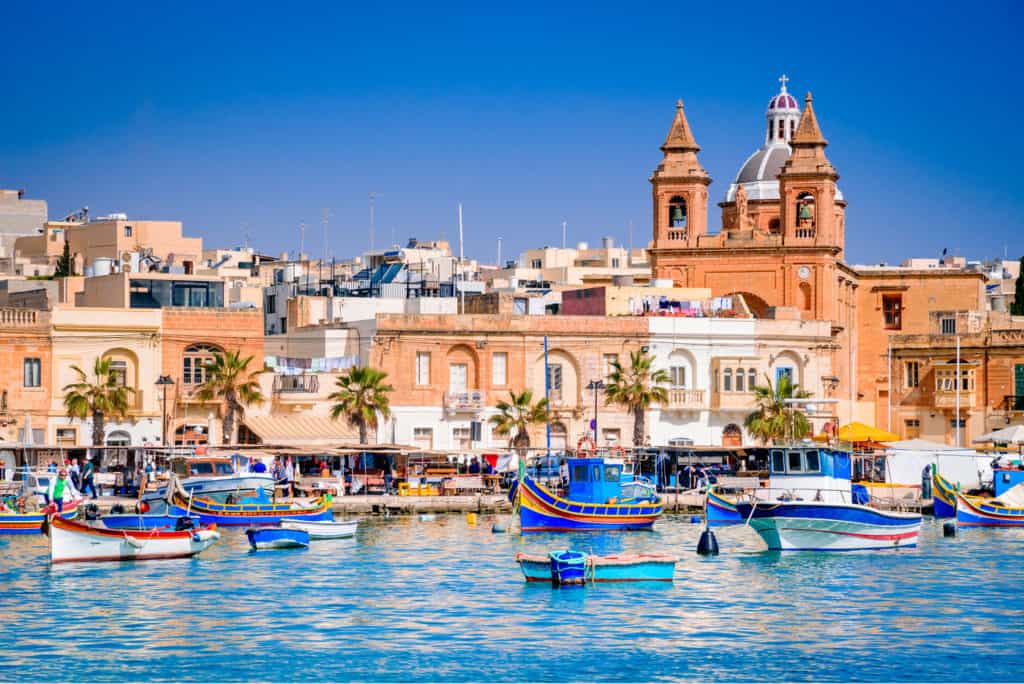
Explore the Markets of Marsaxlokk
Harboring a true Maltese character, Marsaxlokk is a vibrant seaside village where the aromas of seafood greet you wherever you go. It’s the fishing village of Malta where the boats go in and out as they have for hundreds of years.
Walking around Marsaxlokk is a relaxing experience. There’s only one major road through town and brings you along waterfront lined with colorful boats known as luzzus, and old homes. Along with visiting the Parish church, travelers should look forward to the town’s daily market.
The pulsating market brings the whole town together. The stalls line the waterfront with the prismatic luzzus bobbing up and down on the calm blue water. You’ll find everything from fresh seafood to artisan treats. It’s a great spot to experience local life while getting all the fixings you may need for a picnic or a night in the kitchen.
Afterwards, spend some time exploring the Marsaxlokk’s trio of historic forts.
Experience a Maltese Boat Party
One of the best ways to let your hair down in Malta is by joining one of their memorable (or not so…) boat parties. These are big draw during the summer and help balance your time exploring archaeological sites and exploring charming villages.
There’s no shortage of boat parties to choose from in Malta. Trade your oceanfront bar for a bar on the ocean. On the Lazy Pirate Boat Party, you’ll join 200 of your newest friends as you depart from the Sliema port at 6.30pm. Aboard the Fernandez 2 you’ll venture into the high seas with your crew mates as the sun falls across Malta.
The good news is, the lost treasure has been found in the form of a fully stocked open bar with all the booze you need. So put away the map. With the addition of some handy snacks, a DJ and a swim in the Med under the glistening moon, this will be a night for the books.
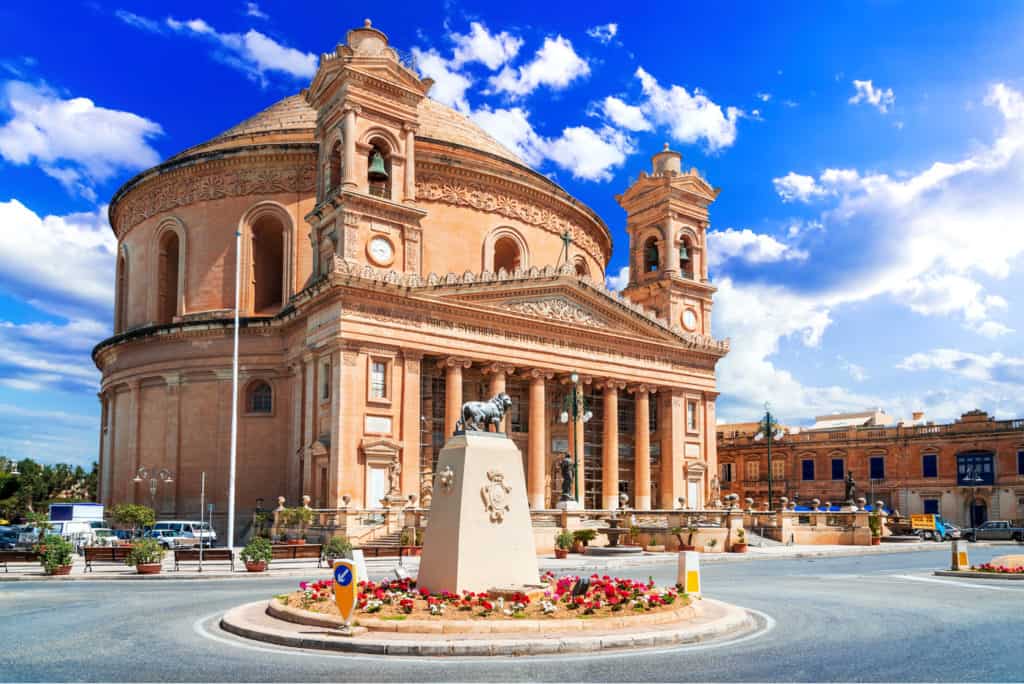
Visit the Rotunda of Mosta
Designed after the Rome’s Pantheon, the Rotunda of Mosta brings a splash of Italy to Malta. With no fringing buildings stealing its thunder, Mosta is a stunning structure and one that features the third largest unsupported dome on earth.
The extravagant dome is 121 feet (37m) wide and 220 feet (67m) tall. It’s a mind-boggling feat of 19th century engineering and one that will stop you in your tracks. This statement holds even more weight at dawn and dusk when the low hanging light bounces off the dome, nooks and spires turning the Mosta into a golden palace.
After passing through the facade laden with columns, you’ll reach an equally impressive interior that boasts a 2000-pipe organ. Walk along the marble tiled floors and admire the neo-classical furnishing and gilded walls.
The entrance coasts 2 euro and there is an additional fee to make your way into the dome and its elevated viewpoint. But for the best bang for your buck, had over a crisp 5 euro, so you can explore Mosta, the Dome AND its hidden bunker that was developed in the Second World War.
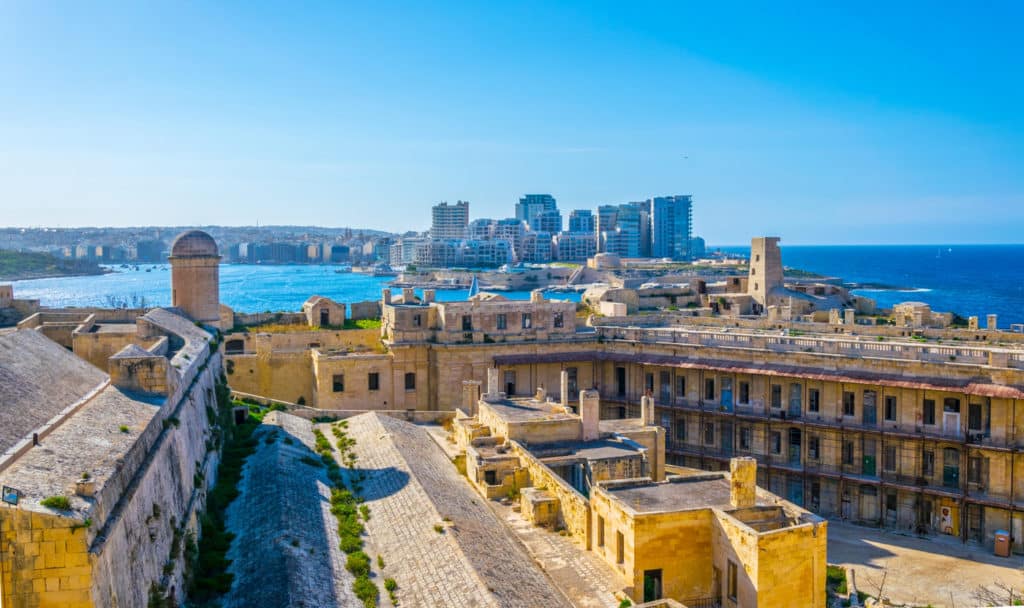
Learn About Malta’s Role in WWII
During the Second World War, no country was bombarded more per square mile than Malta. In fact, the archipelago received three times more bombs than London. In one instance, air attacks lasted for 154 days straight, using 15,000 tons of bombs and destroying 30,000 buildings .
To learn more about Malta’s role in World War Two, begin at Fort St. Elmo. This is where you’ll find the National War Museum. With artifacts dating to 2,500 BC, it’s a well-rounded visit, but much of it focuses on WWII. Exhibits include one of three fighter planes that were once Malta’s entire air force. You can also check out the old Jeep that Roosevelt used when he met Churchill in 1945.
With that ticked off, it’s time for the highlight, the Lascaris War Rooms. A visit to the rooms will take you almost 150 feet (45m) below the surface of the Upper Barracca Gardens in Valletta. The rooms and tunnels were used during the war as a headquarters, where major plans were set in motion to protect Malta.
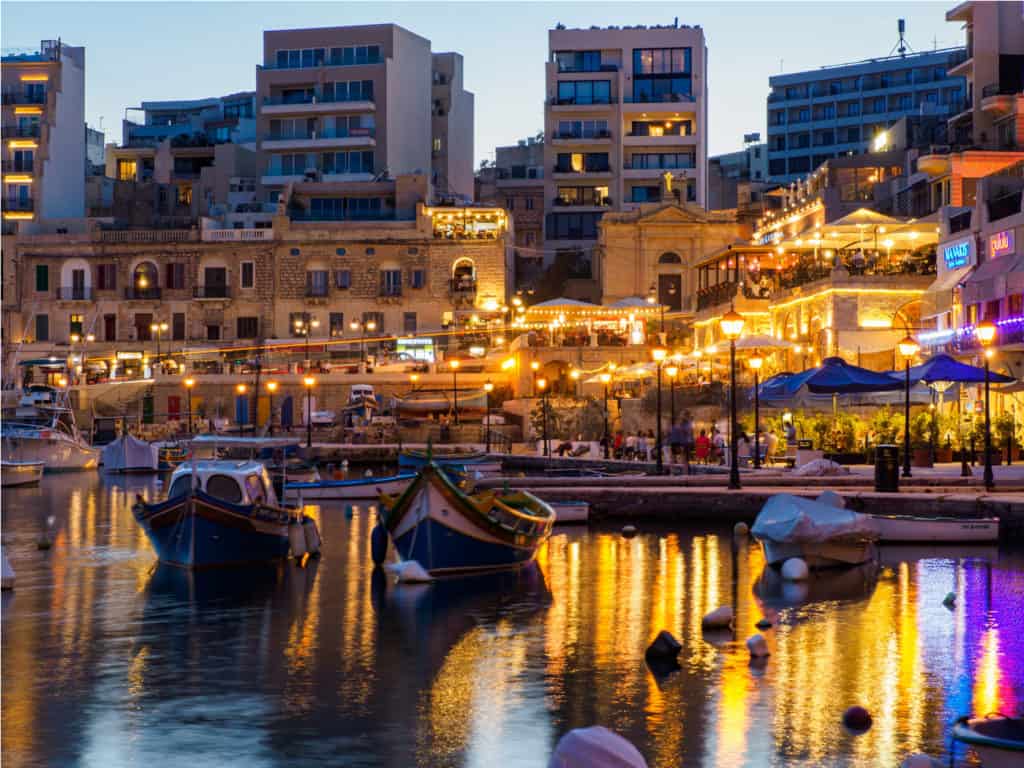
Spend a Night on the Town
Malta may be in no danger of turning into the next Ibiza, but there are several towns and neighborhoods where you can enjoy an exciting night on the town. With the boat party in the books and the hangover cured, cancel tomorrow’s plans and put on your best party shirt.
The best spot to go out in Malta is St. Julian’s, otherwise known as Paceville. But there will be no pacing yourself here. The strong concentration of hookah bars and nightclubs will have you jumping from one to the next. Some of the bars cater to bougie travelers, but just as many are willing to pour a dozen shots for just a handful of euros.
Another option is the waterfront in Sliema, where you became a pirate for the night. This area is more romantic, a place where the lampposts light the cobblestone streets and you sip on red wine as the moon bounces off the Med. Plus, if you’re facing Valletta, you’ll also enjoy a spectacular skyline.
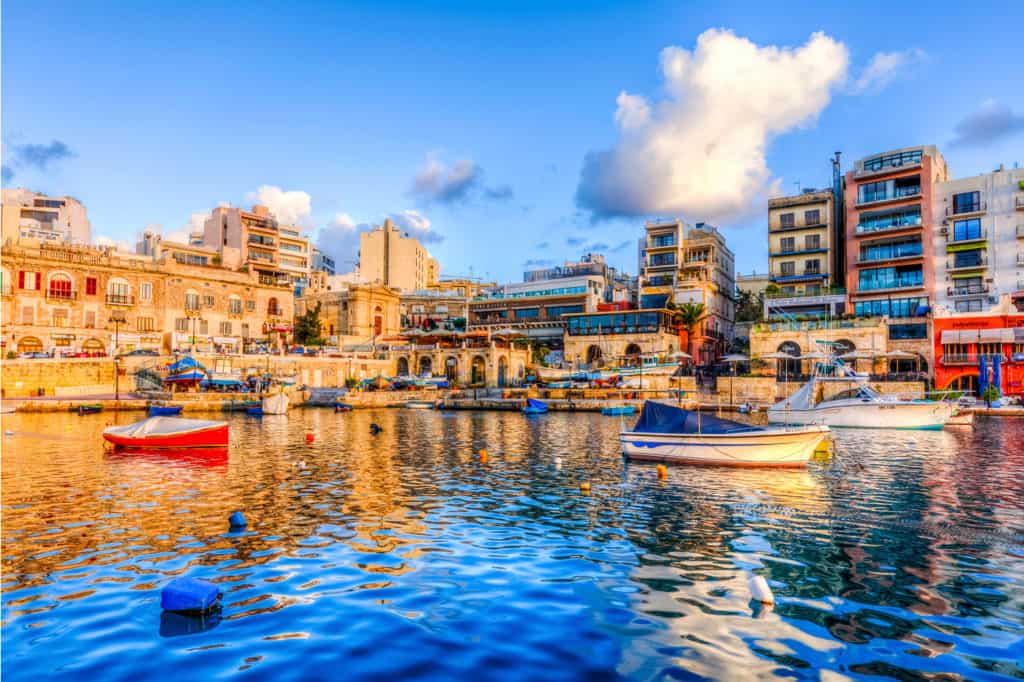
Become Your Own Skipper
An alternative to tours, party boats and scuba diving trips is to get rid of the middleman and become your own boss. In Malta, you can rent your own boat and drive it yourself, as long as the engine is below 30hp. This will restrict you to a motorized dinghy, but one big enough to have its own bimini, with multiple seats and even built in sound system.
Load up the cooler and jump on your boat. Just be sure to listen to the safety demonstration before you pull up the anchor. From there, you’re free to explore the sparkling waters that envelope Malta.
Many of the boat hires begin in either St. Julian or Millieha, with half day and full day options. With a map in hand, pick out your favorite destinations or take the time to explore new ones. Stop by famous beaches, tie up to a buoy and dive in. It’s a fun, quick and memorable way to explore Malta.
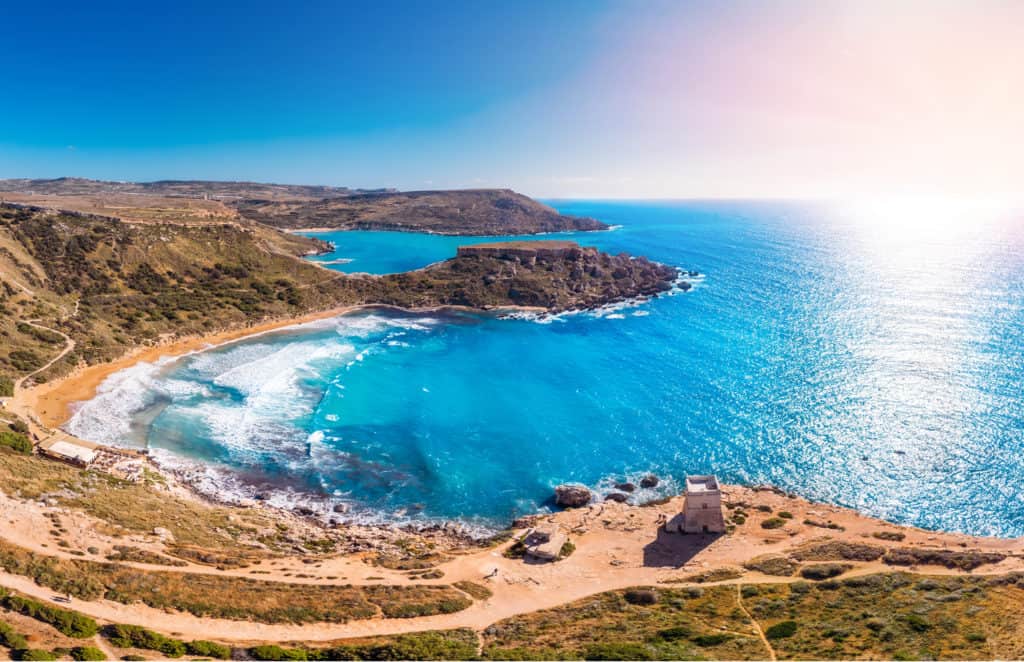
I Can’t Recommend Malta Highly Enough
To me, Malta is the perfect European holiday destination. You’ve got beaches, delicious food, friendly locals, tons of ruins, and scenic roads. What more could you ask for?

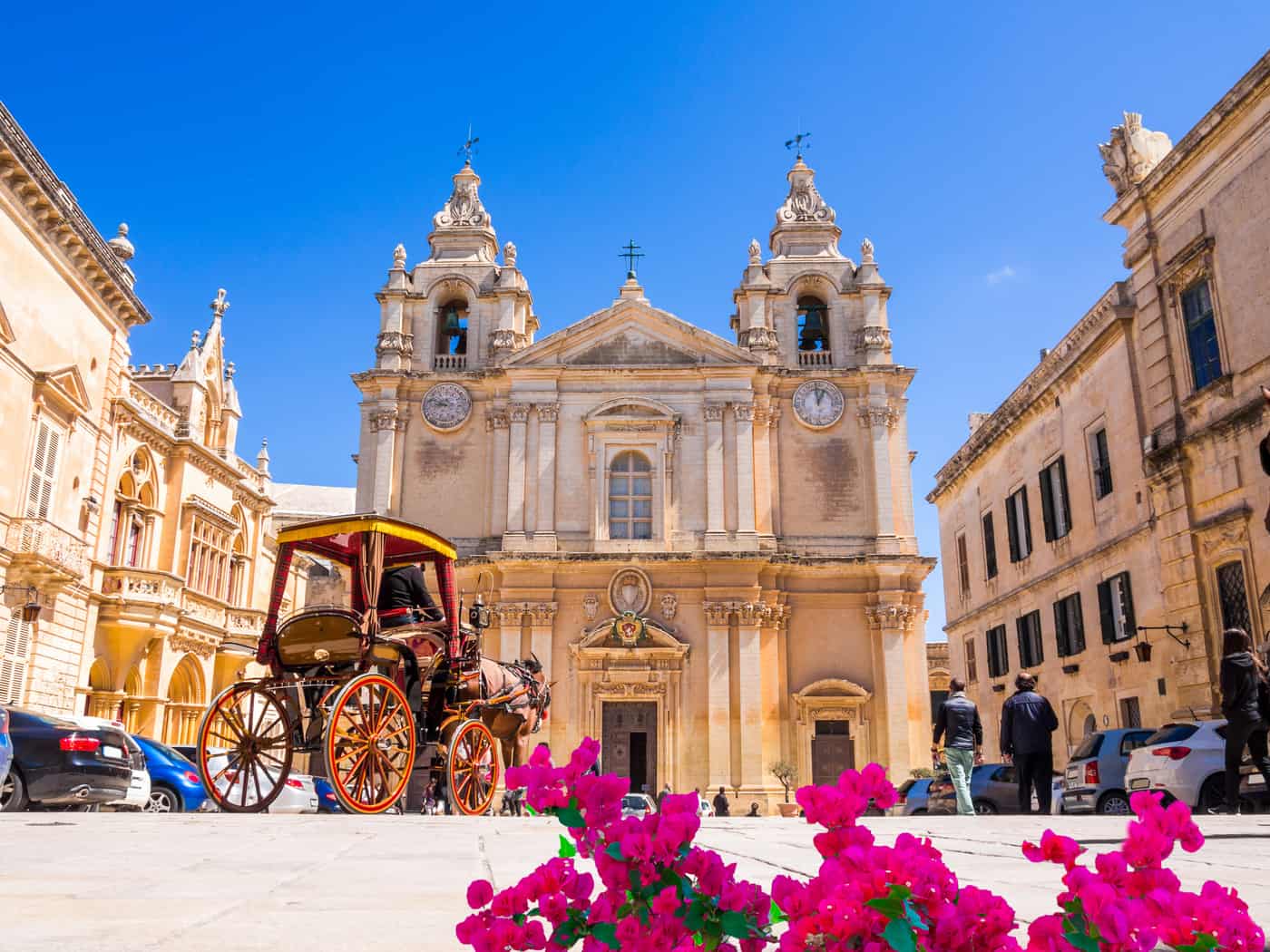



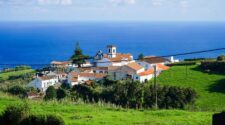
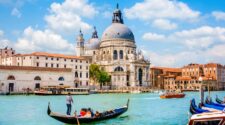

No Comment